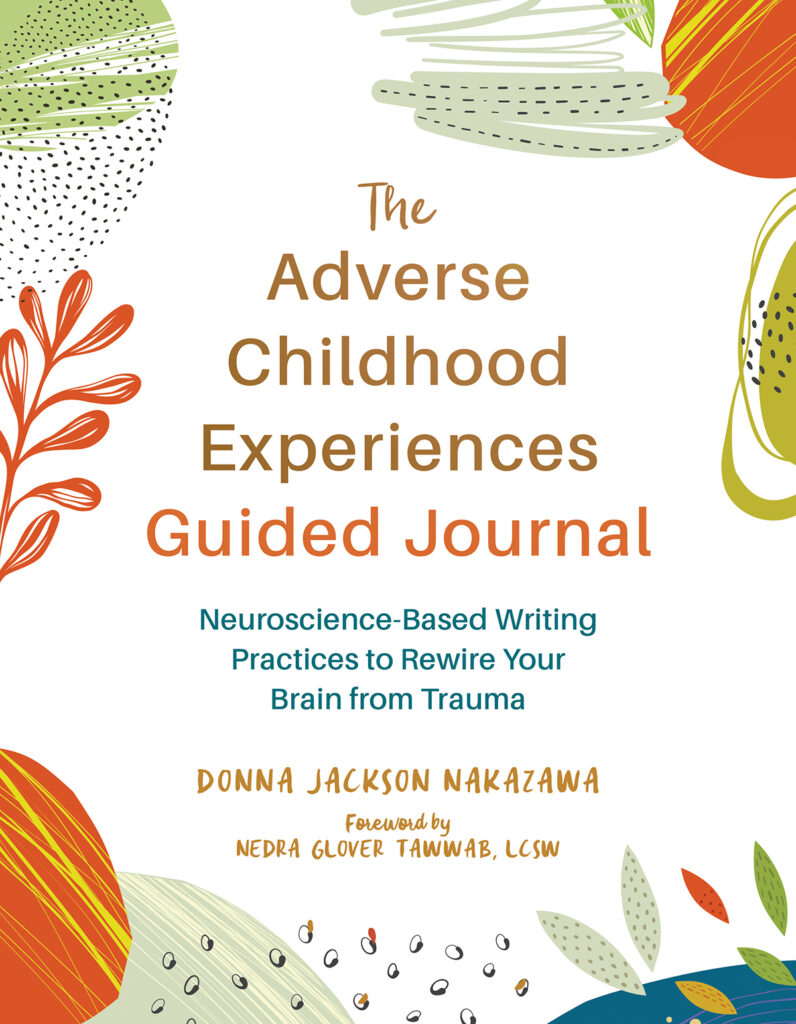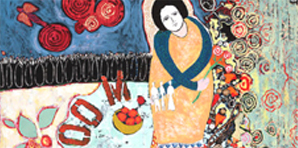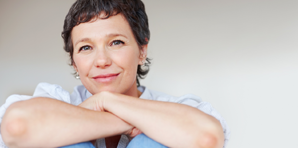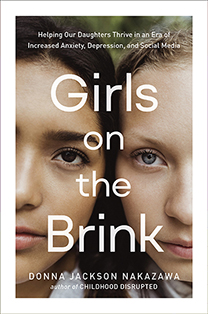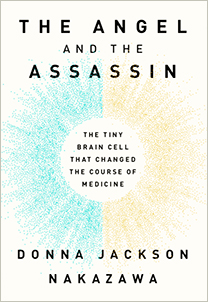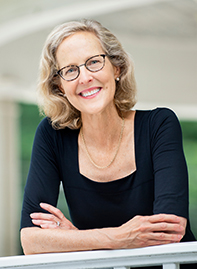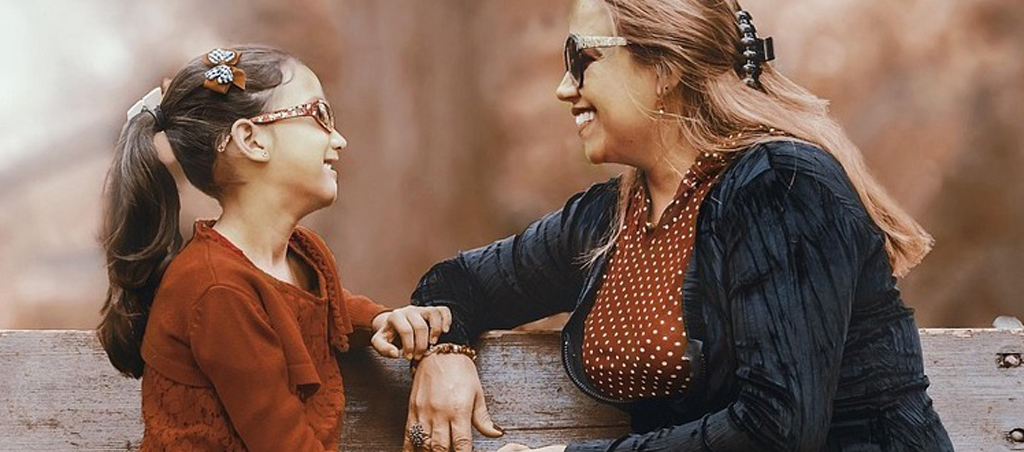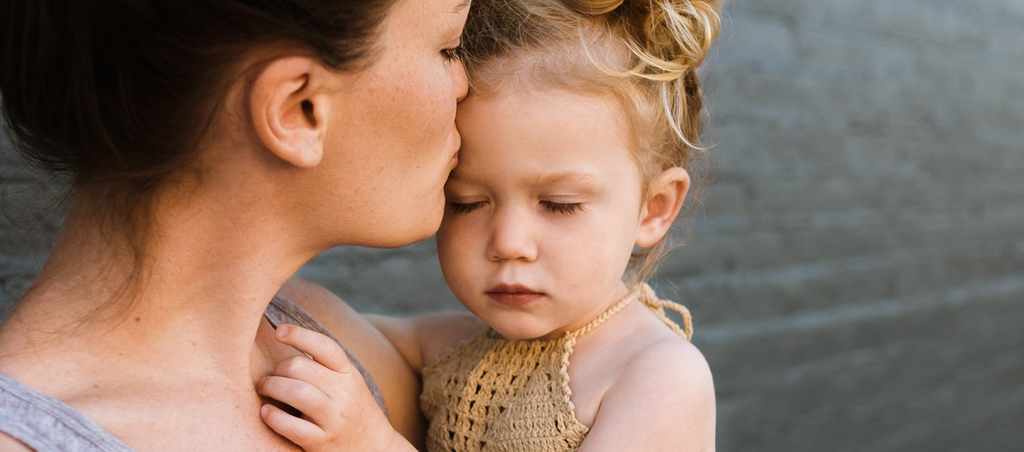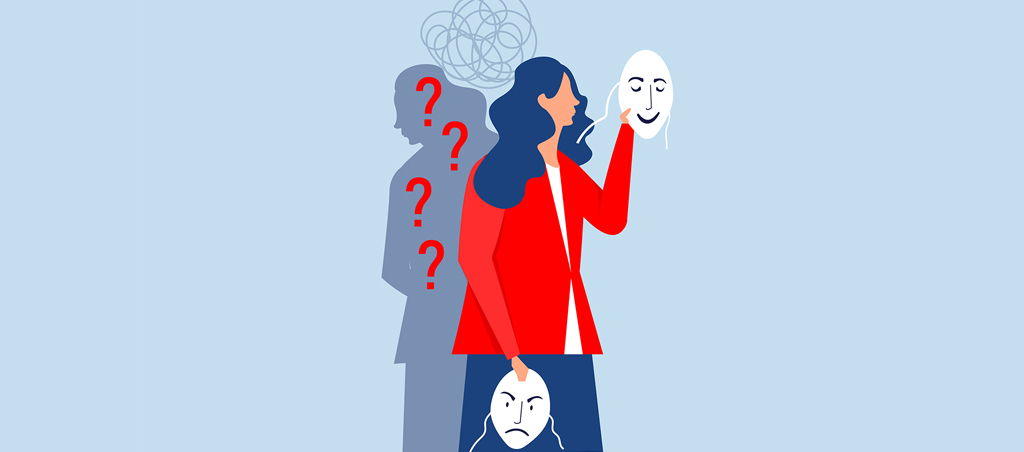Between the Covers with Donna Jackson Nakazawa

Before The Last Best Cure, you authored another book about autoimmune diseases, The Autoimmune Epidemic. What insights or new knowledge did you gain between that book and The Last Best Cure? What was going on in your life prior to writing these books?
The Autoimmune Epidemic focused on how modern chemicals in the world around us and in our diet are overwhelming the human immune system, contributing to rising disease rates and chronic illnesses. The Last Best Cure takes this research a step further and investigates “psychoneuroimmunology,” a new field of study that investigates how mind states, such as anxiety, fear, worry, rumination, anger and pain, can end up damaging our immune function in much the same way as environmental chemicals. Prior to this, I was struggling with my own health crises. The Last Best Cure is my chronicle of a one-year doctor/patient experiment to see if altering my mood state might shift my inflammatory markers and perhaps even improve my physical well-being.
The Last Best Cure has received much critical praise, described as a book that will offer hope for recovery, and change and save lives. What is the most important insight or piece of information you want readers to take away from your book?
I want people to know that there already exists an understanding as to how we can activate the healing potential of the brain. Understanding how to do this gives us powerful tools, ways to change the messages our brain is sending to our cells and our body. Everyone deserves to live the life they want, and these tools can help us all achieve a greater sense of well-being, and even joy.
You were already an award-winning science journalist and writer when you began writing these last two books. What was it like writing professionally about a topic that was also very personal to you? Were there any “aha” moments for your own life as you were writing?
At first, I was only going to write about my personal experiences in the introduction to The Last Best Cure, but my editor thought readers would want to read more about how I also went on this transformational journey myself. She thought it would help convey to readers that we can all take this journey, no matter what physical or emotional health challenges we face. There was so much that I realized along the way about adversity, self-respect and how they play a role in adult illness. Now I’m profoundly grateful to have taken this journey: Life is sweeter, relationships are better and it’s a better, more meaningful way to live.
In addition to being about healing and recovering personal joy, The Last Best Cure is a story about a health epidemic. What steps do we need to take now to secure a better health outlook for future generations?
We need to absolutely, completely and radically change how we view the doctor/patient relationship. If we keep up the current “medical factory” model we’re going to see very little progress in managing chronic health issues. Right now, 133 million adults in America have chronic illnesses, not counting the 22 million with addiction – and these numbers are rapidly climbing. The tools to help patients participate in their own healing and facilitate greater well-being exist; it just requires that physicians incorporate new practices into their doctor/patient paradigm. In order to do this, we must change the way we as a society view treatment, health care and the doctor/patient relationship.
Are there any new books in the works?
Yes, one due out at the end of next year called Childhood Interrupted: How Adversity in the Past Writes the Story of Our Future – And How We Can Change the Script (Atria/Simon & Schuster). It’s a deeper, more extended study of how childhood adversity can create changes in the brain and in our immunology that impact our health long into adulthood – and what we can do to reverse those effects as adults. I’m telling cutting-edge stories of science, about how even very common forms of childhood adversity can reset our immune system to be more stress-reactive, sparking a state of chronic low-grade neuroinflammation for life. I want to help readers understand how the stress we meet in childhood can determine our lifelong “set point” for emotional reactivity, inflammation, disease and depression – and what we can do to reverse the impact of early adversity and trauma years later, in adulthood, to regain our physical and emotional well-being.
How long has the Baltimore area been home to you? What do you like best about living in this area?
My family moved to Baltimore four years ago from Annapolis; my mom and my husband’s parents were already living here, so it just made sense. What I like best about Baltimore is its people. Baltimoreans are real, genuine, honest, intellectual, creative, smart and energetic. They’re committed to their community and engaged in making this a better place to live. We love it here. It’s a vibrant place to be.
